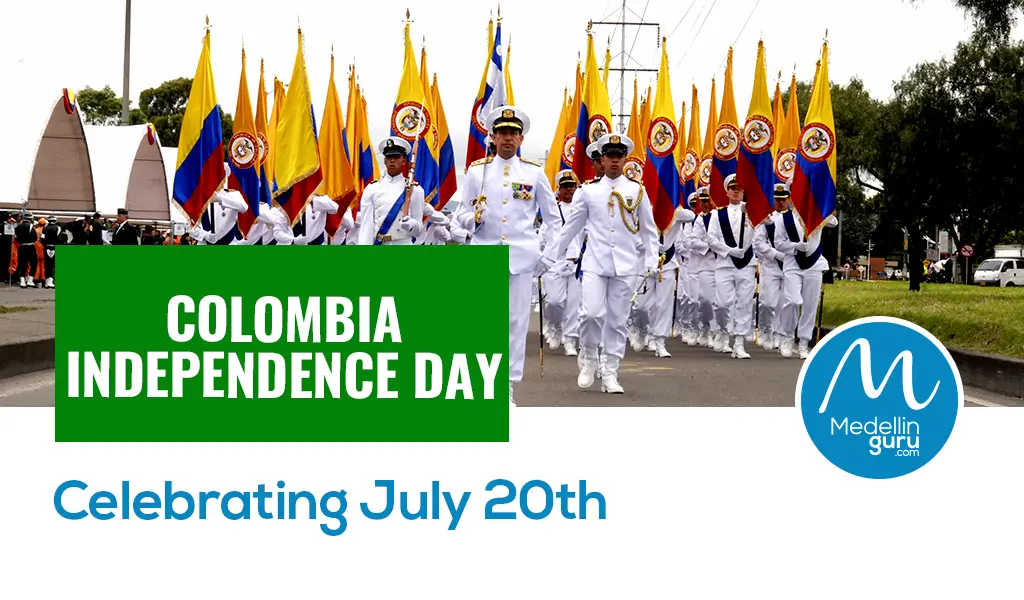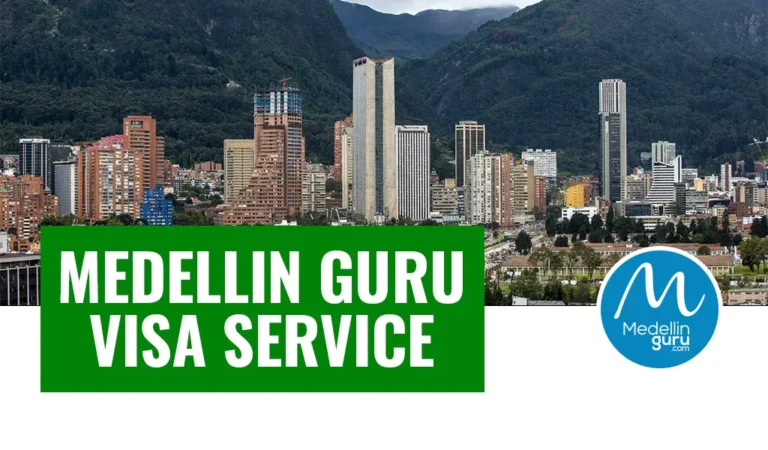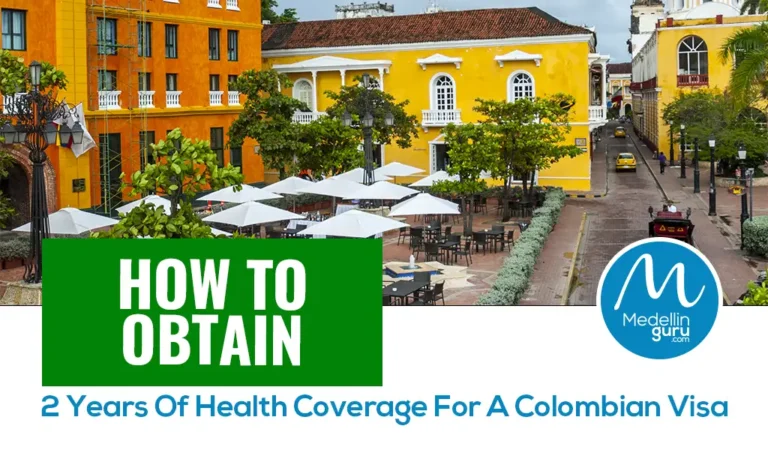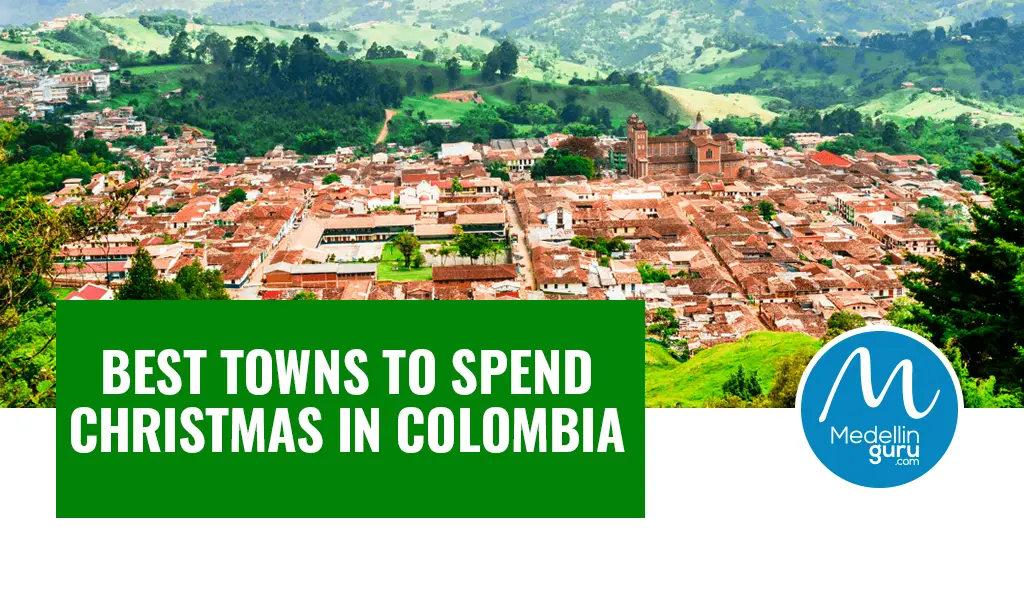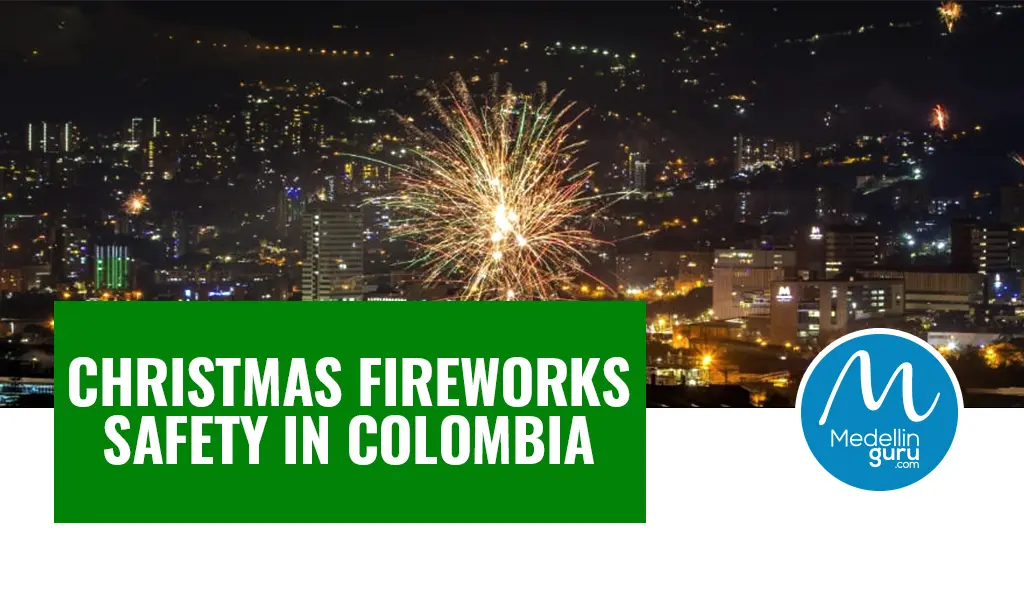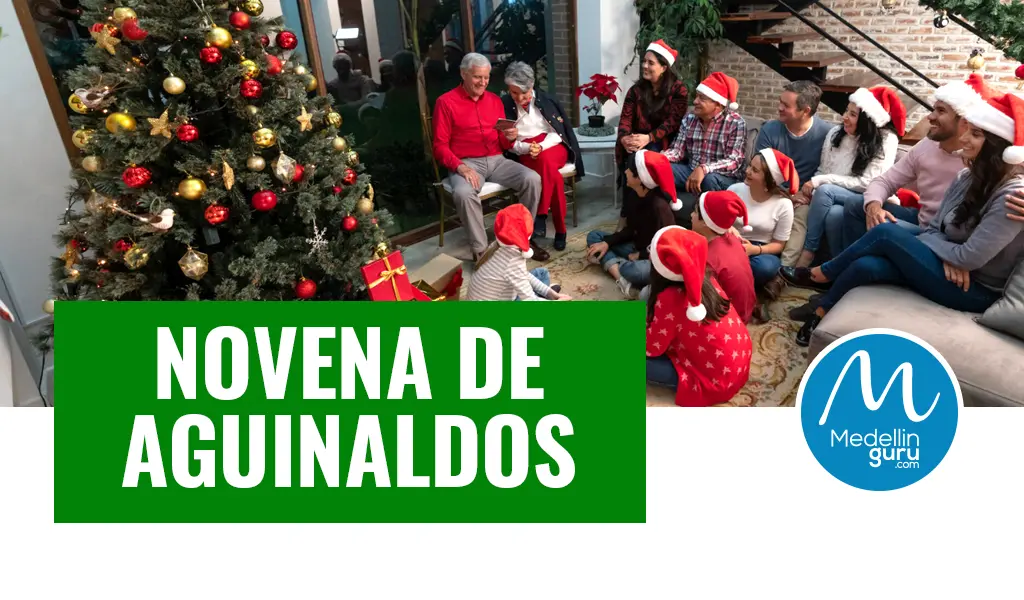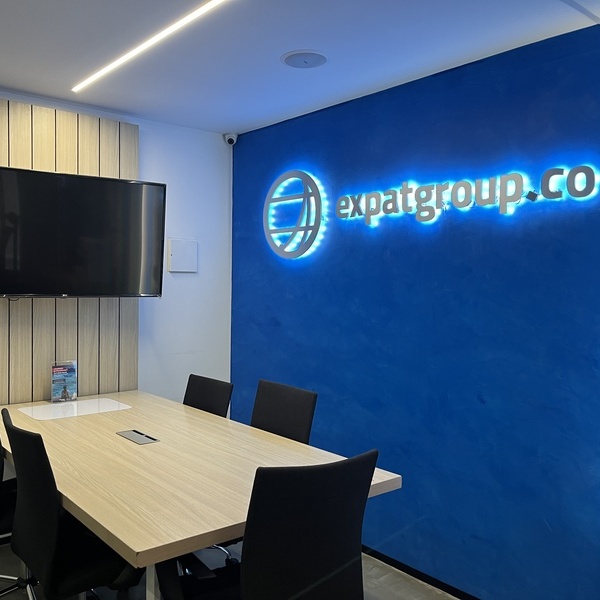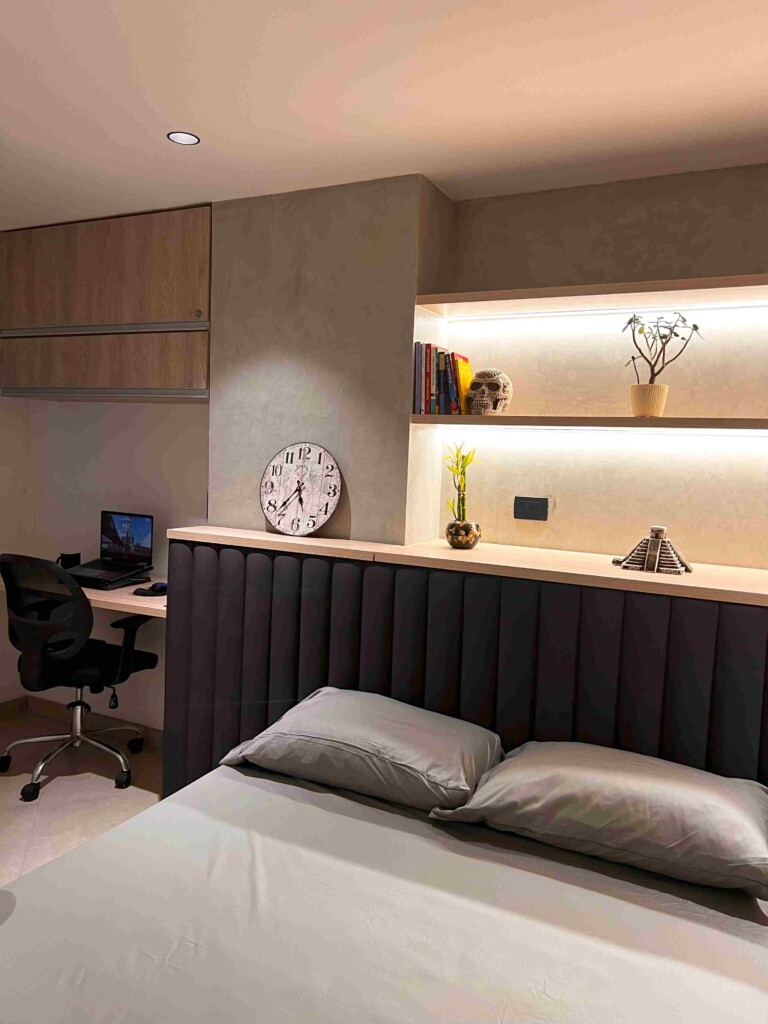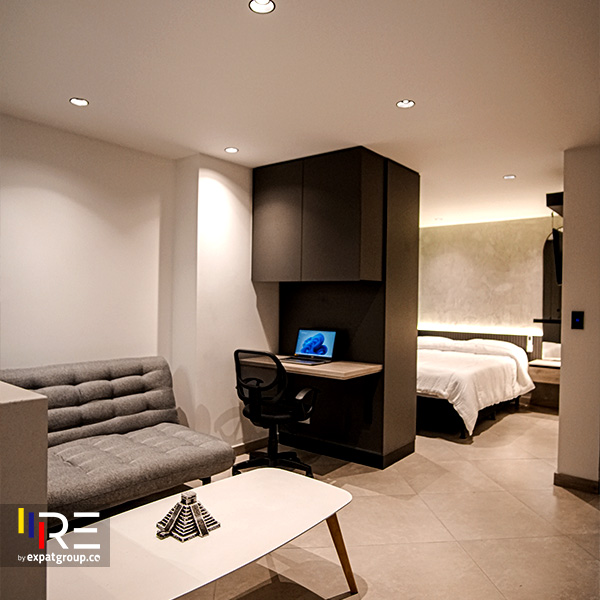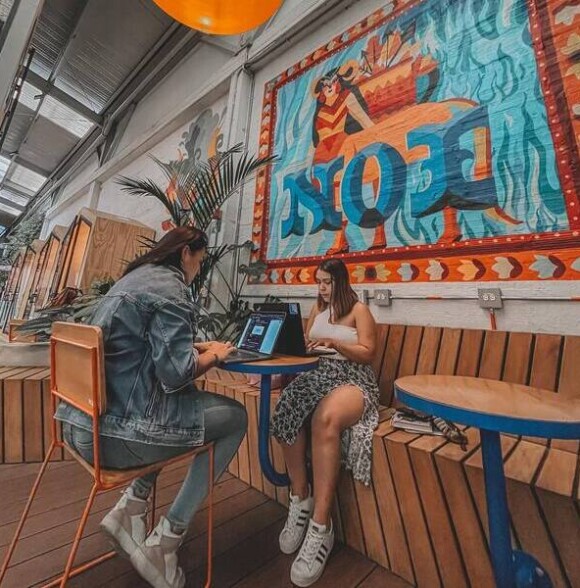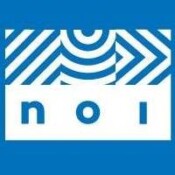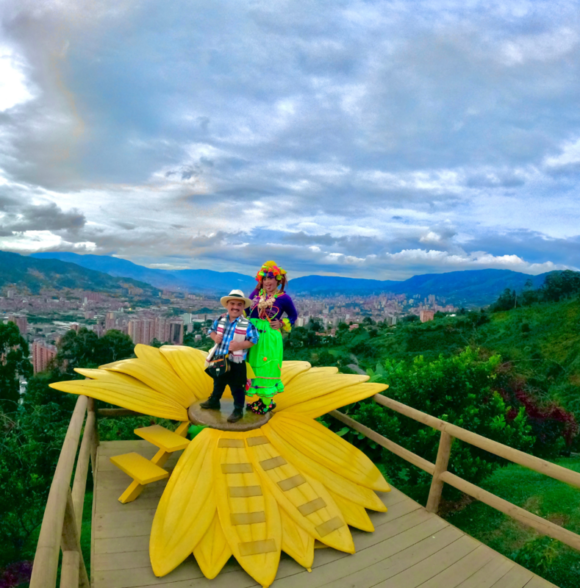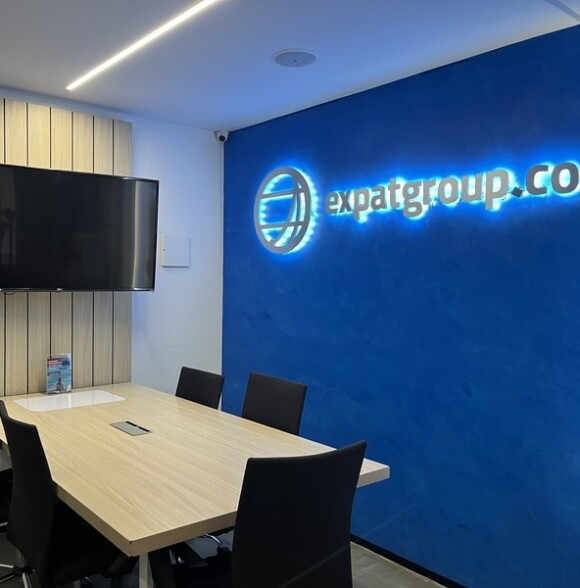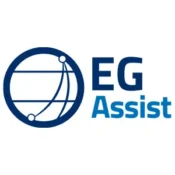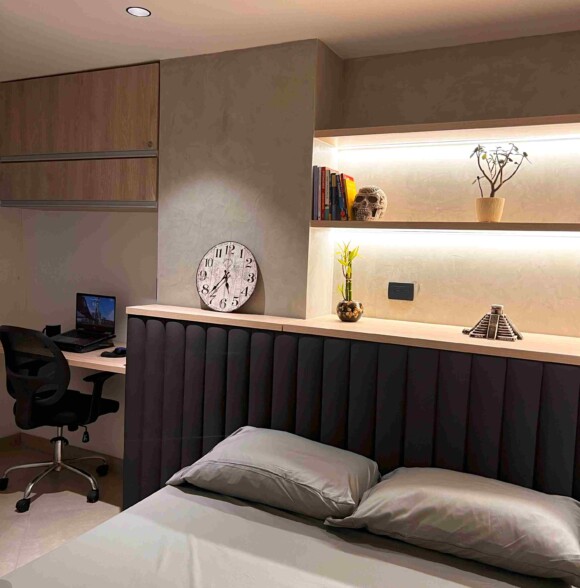Colombia Independence Day, also known as Día de la Independencia, is a national holiday that commemorates the country’s independence from Spanish rule. The day is celebrated on July 20th each year with parades, concerts, fireworks, and various cultural events. It is a time for Colombians to unite and honor their history, culture, and national pride.
In 2025, Colombian Independence Day is celebrated on Sunday.
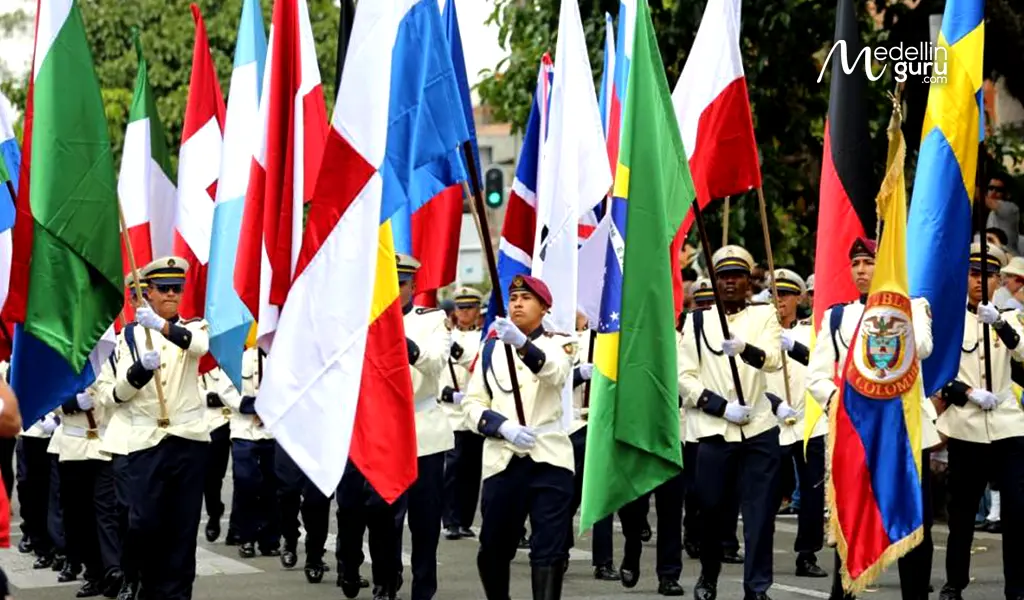
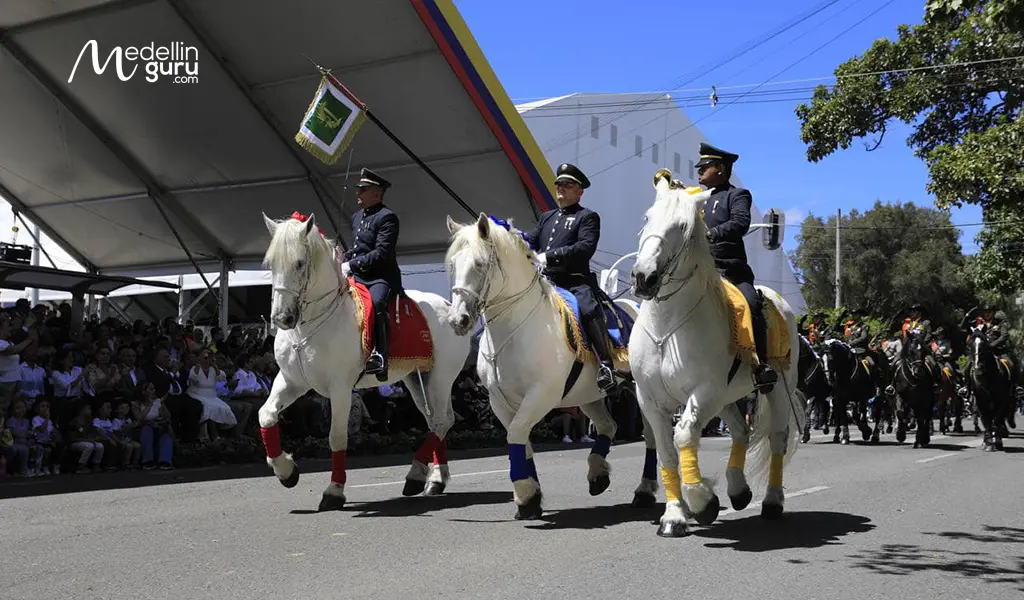
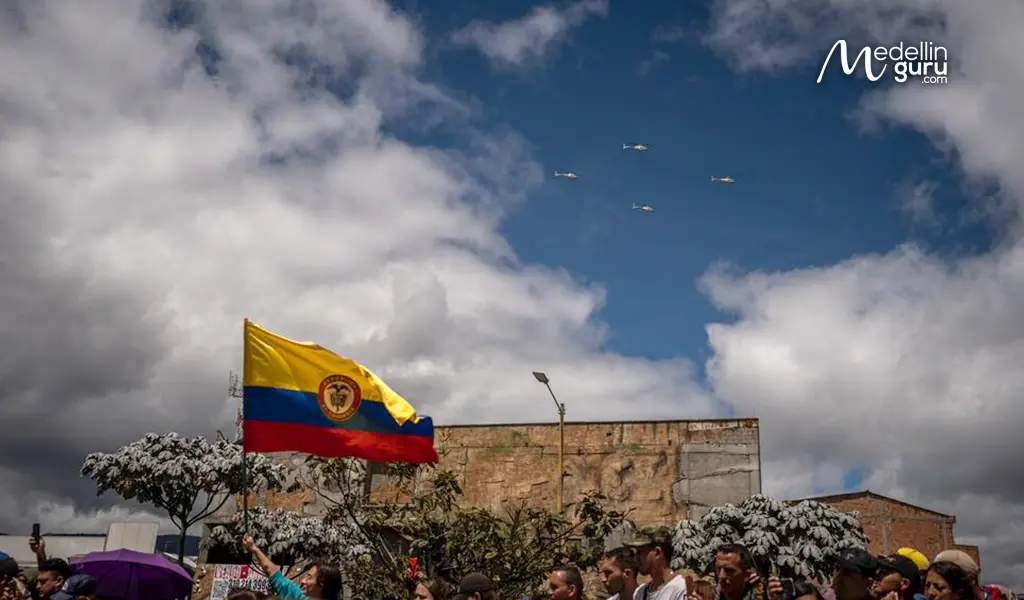
The holiday marks the culmination of a series of events leading to Colombia’s independence, including the famous “Grito de la Independencia,” or cry of independence in Spanish.
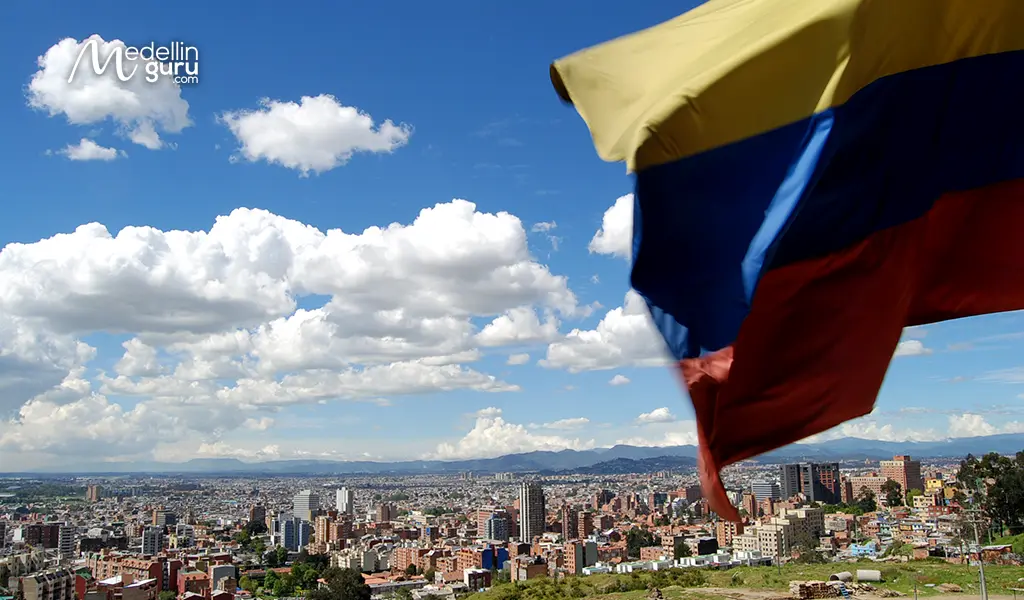
Throughout the country, people adorn the streets with the colors of the Colombian flag, enjoy traditional food and music, and participate in activities highlighting this historic day’s significance.
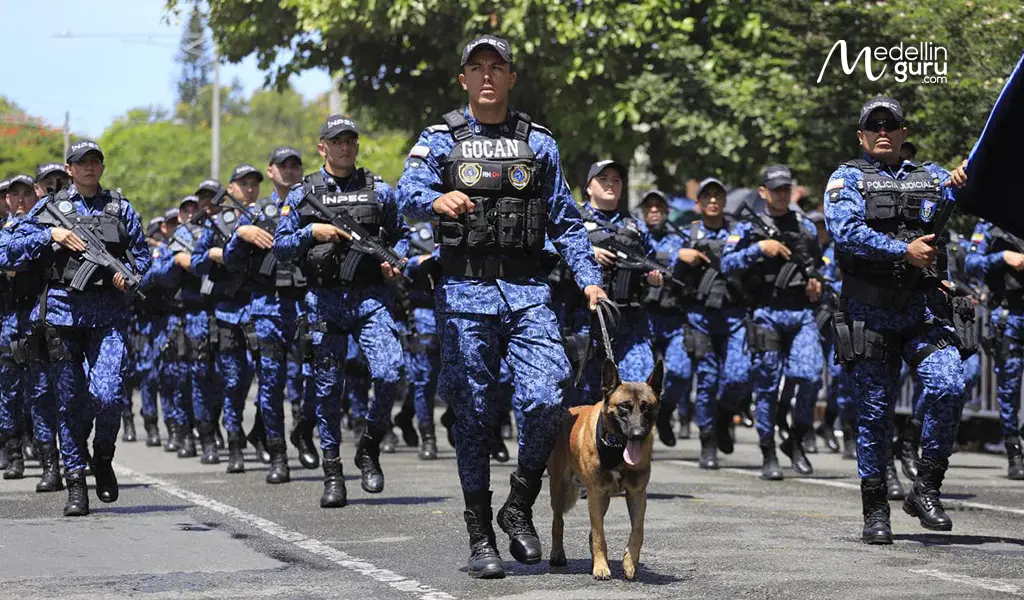
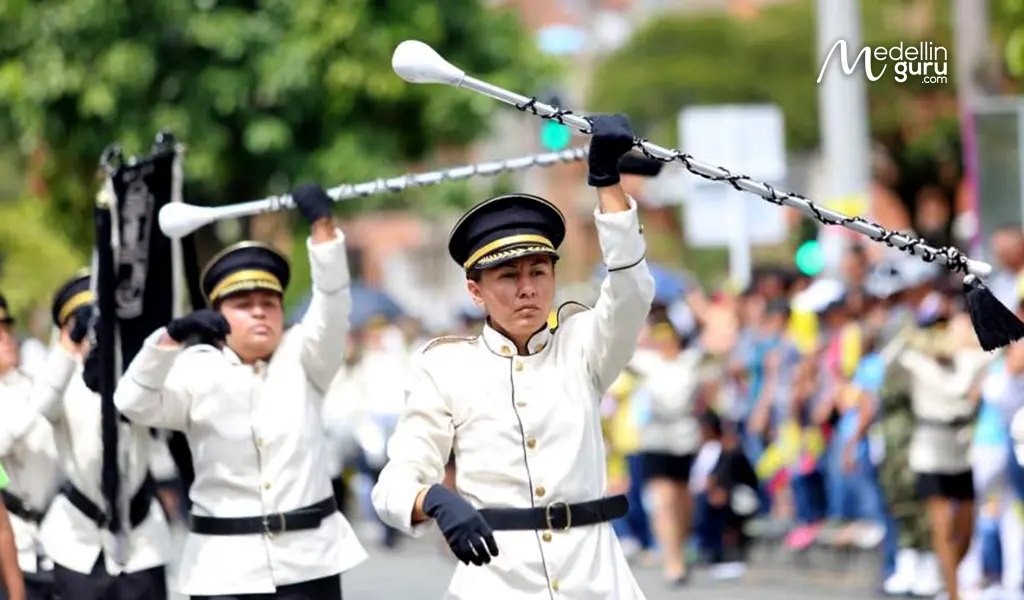
Colombia Independence Day is a joyous celebration and reflection on the nation’s journey to freedom. Join us as we explore the significance and historical importance of celebrating July 20th in Colombia. If you want to enjoy this or other celebration days in Colombia, don’t forget to process your visa on time. Click the green button below, and we will redirect you to our reliable partner expatgroup.co.
Medellin Guru Visa Service
The visa agency we partnered with has helped 2,171 Medellin Guru readers
The History of Colombia Independence
The struggle for independence in Colombia resulted from social, political, and economic factors from the late 18th to the early 19th century. A growing desire marked this period for self-governance and autonomy influenced by Enlightenment ideals and inspired by other independence movements in Latin America.
Colombian leaders and revolutionaries challenged Spanish colonial rule through internal conflicts and external interference, leading to many Colombia independence events:
Historic Dates related to Colombian independence
The revolt in Bogotá, known as the Cry of Independence, marks the beginning of the Colombian independence movement. This day is celebrated as Colombia's Independence Day.
On this day, a seemingly minor incident involving the refusal of a loan of a flower vase, known as "El Florero de Llorente" escalated into a full-blown protest against Spanish rule. The revolutionary leaders used the incident to incite the populace to rise against the Spanish authorities. The revolt quickly gathered momentum, forming a local governing Junta in Bogotá (Board). This Junta declared independence from Spain, marking the first formal step towards establishing a sovereign nation.
The Battle of Pantano de Vargas was an armed confrontation that took place in what is known today as Pantano de Vargas, in the municipality of Paipa, in present-day Boyacá, Colombia.
In it, the "Liberator" army commanded by Simón Bolívar intended to take the city of Tunja through the Toca road to cut the way and communication lines to the support forces commanded by Colonel José Maria Barreiro, who was heading to the city of Santa Fe de Bogotá.
This decisive battle, led by Simón Bolívar, resulted in a significant victory for the independence forces against the Spanish army and paved the way for the liberation of New Granada. This victory paved the way for the formation of Gran Colombia on December 17, 1819, a unified entity comprising present-day Colombia, Venezuela, Ecuador, and Panama.
This significant battle led by Bolívar in present-day Venezuela solidified the independence of Gran Colombia from Spanish rule.
Internal conflicts and regional rivalries lead to the dissolution of Gran Colombia, resulting in the establishment of the Republic of New Granada (modern-day Colombia) and other successor states.
The journey to independence was filled with challenges, including internal power struggles, external interference, and fierce battles. The individuals involved came from diverse backgrounds and held various motivations, creating a rich tapestry of resistance against Spanish dominance. Intellectuals, military leaders, and ordinary citizens were all inspired by the vision of a free and self-determined nation.
This challenging and complex struggle for independence laid the foundation for the diverse and vibrant country that is present-day Colombia. The legacy of this period is evident in Colombia’s rich cultural heritage and enduring spirit of resilience and independence.
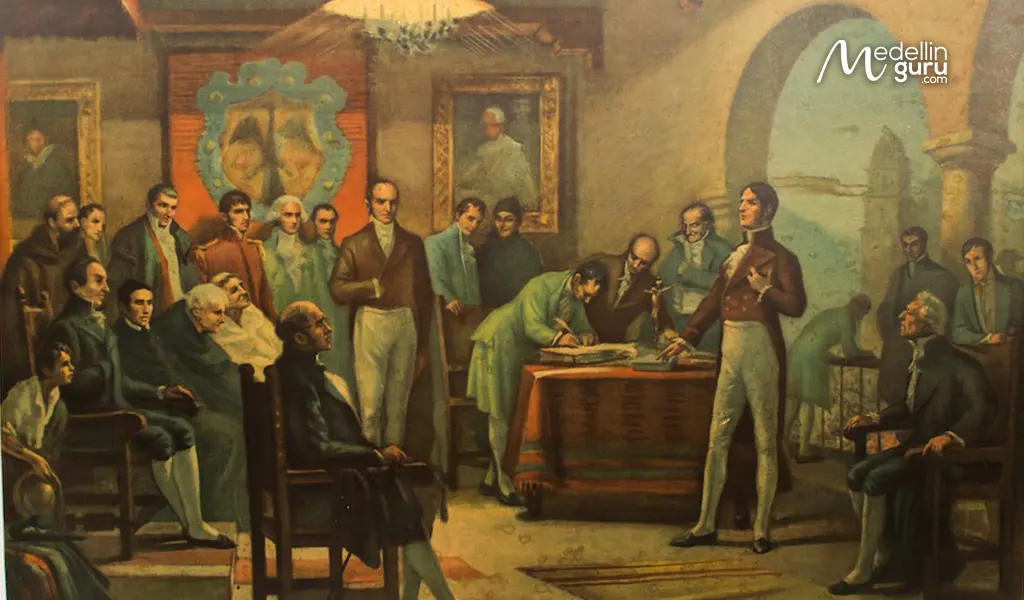
Patriots: Leaders Who Make Colombia's Independence Possible
Antonio Nariño
Antonio Nariño, often referred to as the “Precursor of Independence,” was a pivotal figure in Colombia’s fight for freedom. He translated and published the Declaration of the Human Rights and of the Citizen, spreading revolutionary ideas throughout New Granada (modern-day Colombia). Nariño’s efforts in promoting liberal thought and his leadership in the early revolutionary movements laid the groundwork for Colombia’s quest for independence.
Simón Bolívar
Simón Bolívar, known as “El Libertador,” is one of the most celebrated figures in Latin American history. His exceptional military and political leadership were crucial in the fight against Spanish rule. Bolívar led several successful campaigns across South America, including the decisive Battle of Boyacá, which secured New Granada’s liberation. His vision of a united Latin America inspired many, and he played a key role in the formation of Gran Colombia.
José María Carbonell
José María Carbonell was a fervent supporter of the independence movement and a key conspirator in the events leading to the Cry of Independence on July 20, 1810. Known as “El Chispero” (The Spark), Carbonell’s ability to mobilize and inspire the masses was instrumental in the early stages of Colombia’s struggle for freedom. He played a vital role in organizing the popular uprising that set the independence movement in motion.
Camilo Torres Tenorio
Camilo Torres Tenorio was a prominent intellectual and revolutionary leader who significantly contributed to the independence movement. As president of the United Provinces of New Granada, he worked tirelessly to unify the various regions and factions fighting for independence. Torres’s diplomatic and political skills were crucial in garnering support and coordinating efforts against the Spanish forces.
Francisco de Paula Santander
Francisco de Paula Santander, known as the “Man of Laws,” was a key ally of Simón Bolívar and a fundamental figure in the fight for independence. His organizational and administrative talents were essential in building the nascent republic’s military and governmental structures. Santander later became the first Vice President of Gran Colombia, playing a crucial role in the early governance and consolidation of the newly independent state.
José María Córdova
José María Córdova was a young and brilliant military commander who played a significant role in the independence wars. He is best known for his decisive victory at the Battle of Ayacucho in Peru, which effectively ended Spanish rule in South America. Córdova’s leadership and strategic acumen earned him a prominent place among the heroes of Colombian and Latin American independence.
These patriots, and many other men and women, through their courage, vision, and relentless efforts, paved the way for Colombia’s independence. Their legacy is celebrated every year on July 20th, reminding us of the sacrifices and determination that shaped the nation we know today.
Places to Remember the Independence of Colombia
These are the places that exist today, where the events of the Independence of Colombia took place.
Puente de Boyacá (Boyacá’s Bridge)
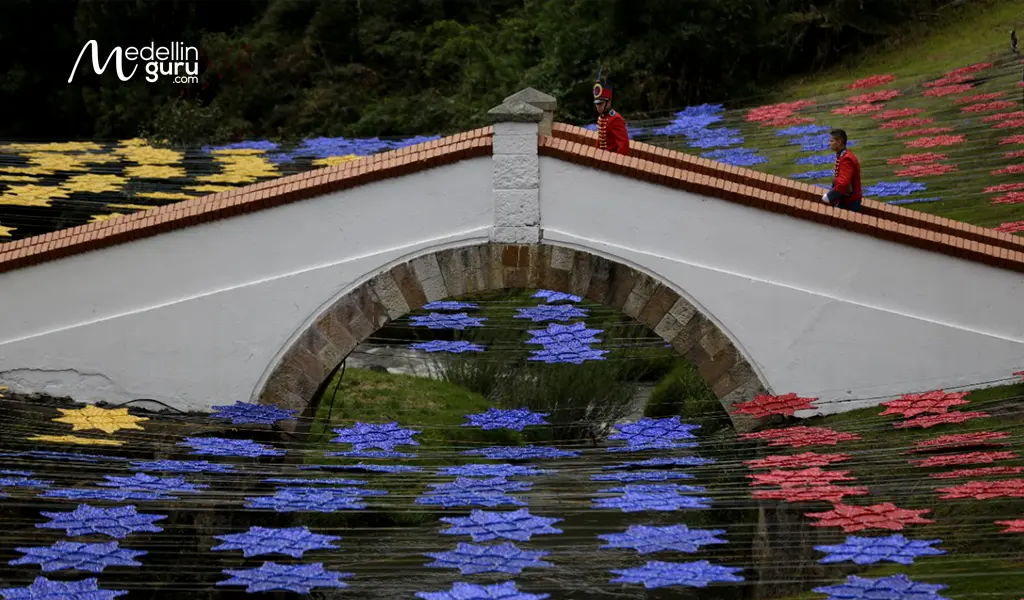
Puente de Boyacá is located in the municipality of Ventaquemada, within the Campo de Boyacá historical complex. On August 7, 1819, the battle finally consecrated Colombia’s independence occurred here.
El Pantano de Vargas y el Monumento a Los Lanceros (The Lancers Monument)
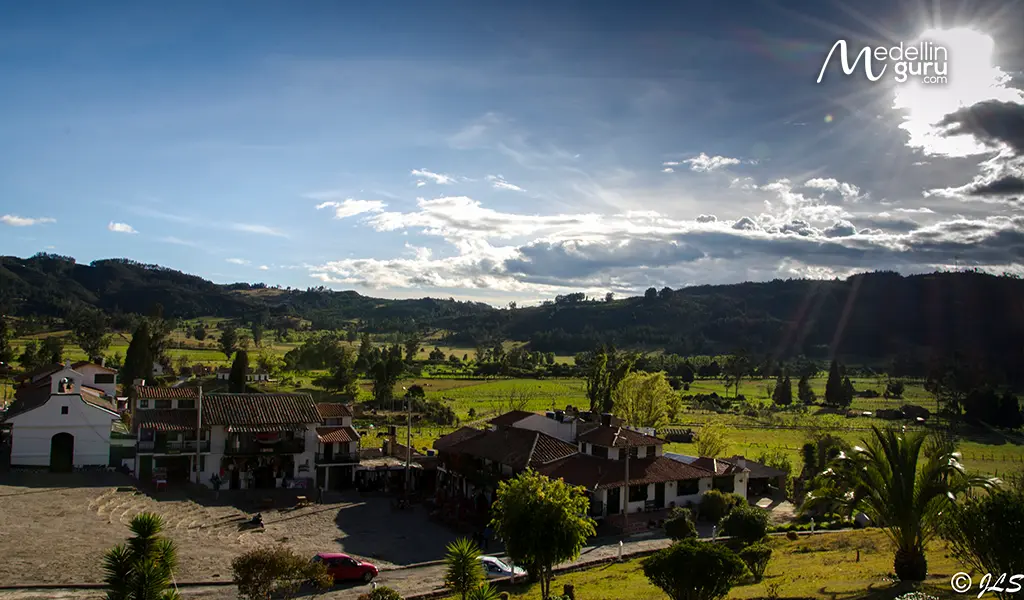
Los Lanceros del Pantano de Vargas or Monumento a los Lanceros is a monument by Colombian sculptor Rodrigo Arenas Betancur located in Paipa, department of Boyacá (Colombia) as a tribute to the Battle of Pantano de Vargas, which took place on July 25, 1819.
Puente del común (Bridge of the common)
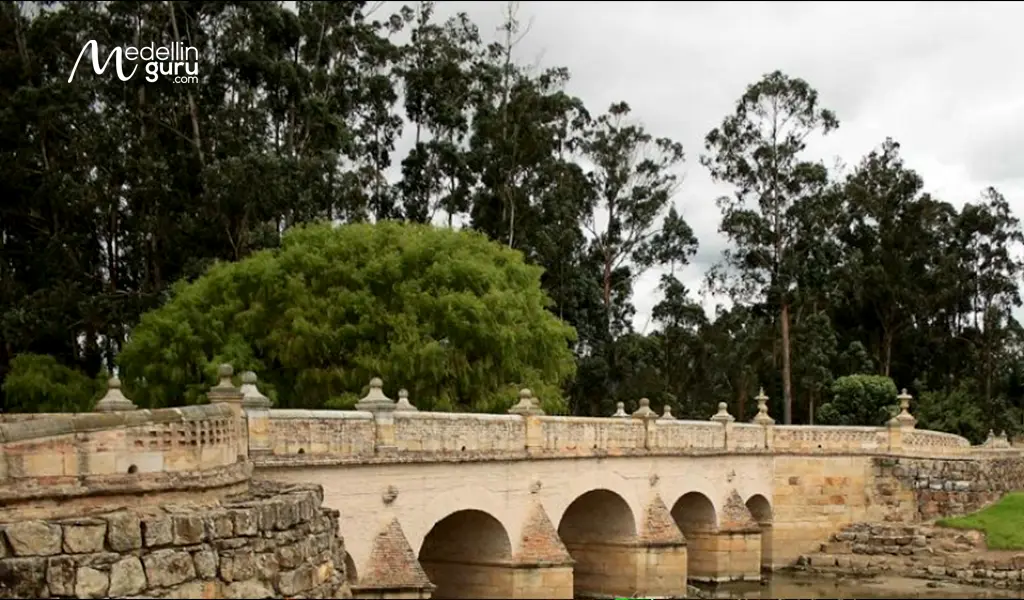
This bridge, located in Chía, Cundinamarca, is considered one of Colombia’s most transcendental civil engineering works during colonial times. This structure was fundamental for its strategic position at the crossroads of roads from east to west and for having been the route of the independence campaigns and civil wars.
Museo de la independencia – Casa del florero (Independence Museum - House of the vase)

This building is located on the corner of the Plaza de Bolivar in Bogota and is considered the epicenter of the history of Colombian freedom. Its rooms contain important pieces of the time, such as the base of the original vase, which awakened the whole conflict of July 20.
Celebrations of the Colombia Independence Day
The modern-day celebrations of Colombia’s Independence Day are a vibrant mix of traditional customs, national events, and cultural festivities that significantly impact Colombian society by fostering unity, pride, and cultural preservation.
Parades and Marches
Cities and towns across Colombia hold parades featuring military bands, traditional dancers, and floats. These parades are vibrant displays of national pride and showcase Colombia’s diverse cultural heritage.
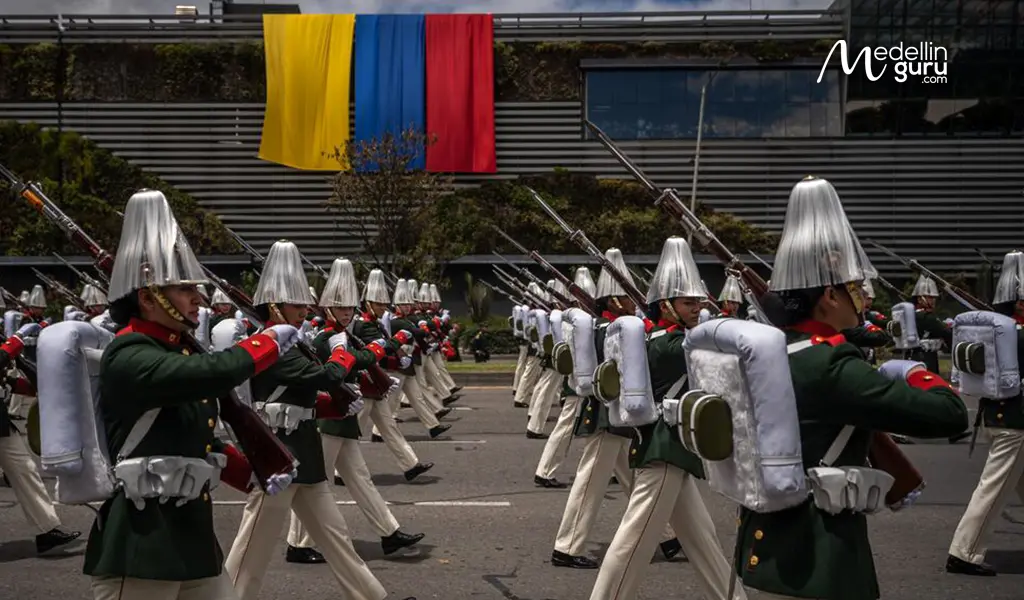
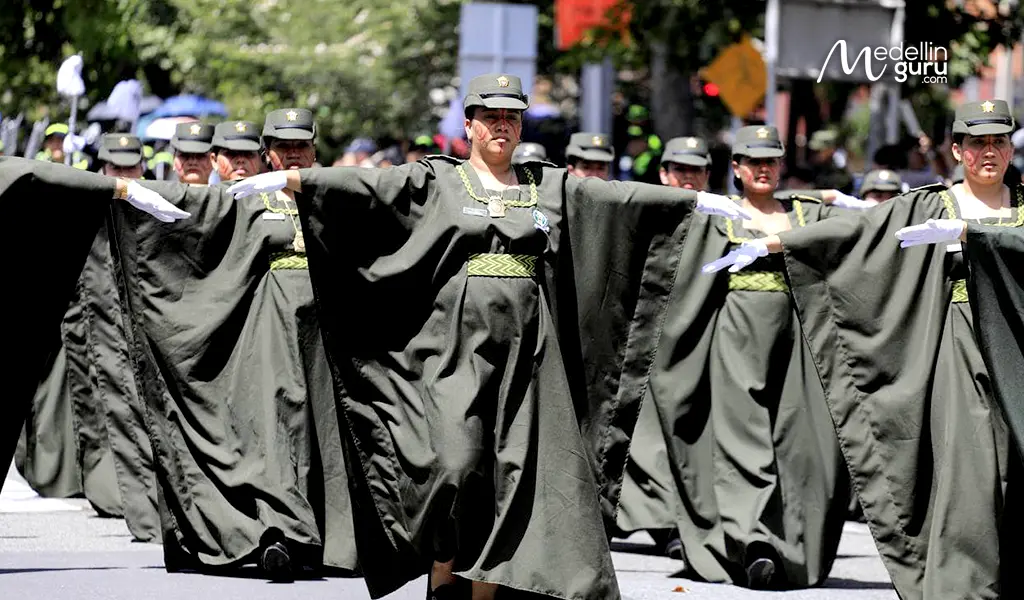
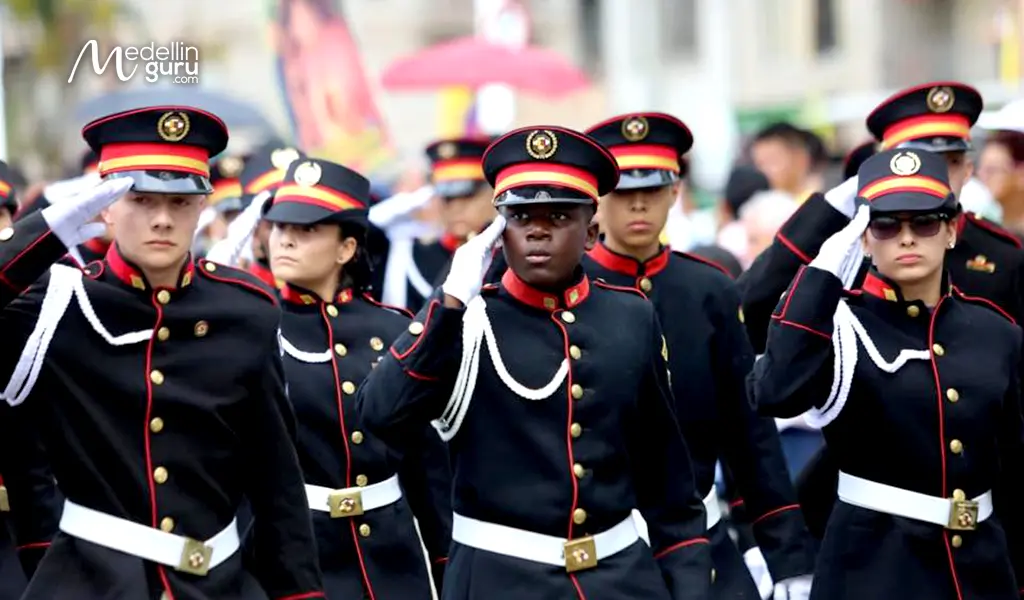
Military Equipment Demonstrations
In the marches, many soldiers demonstrate their military training, and also show the equipment and military equipment that the country has for its defense.
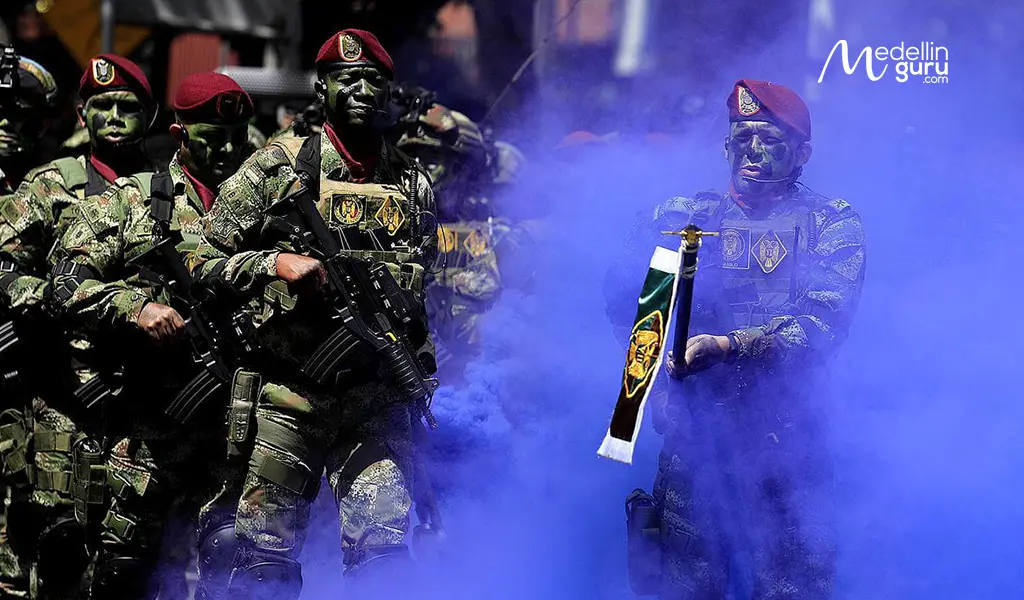
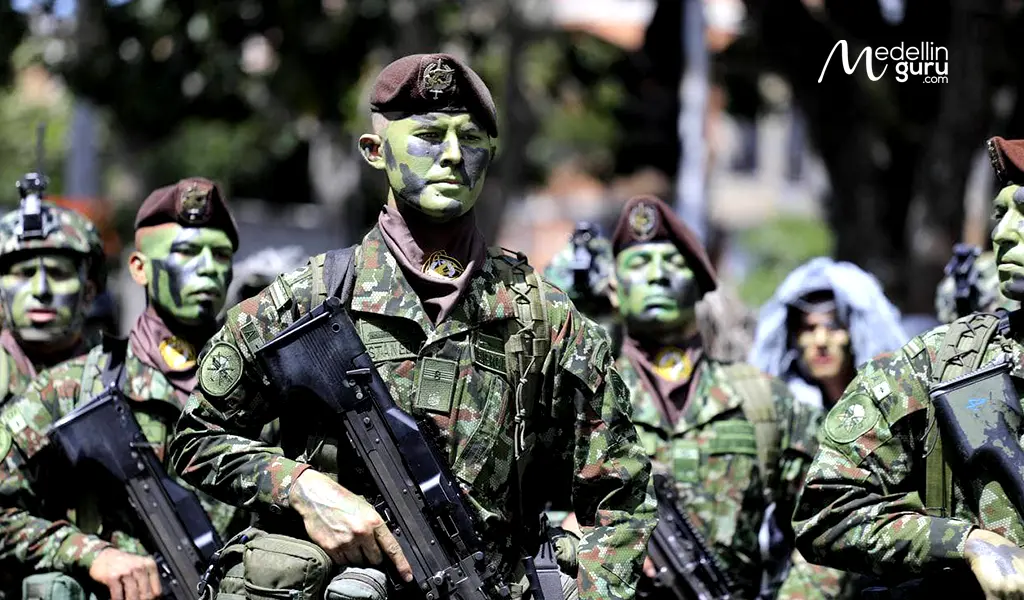
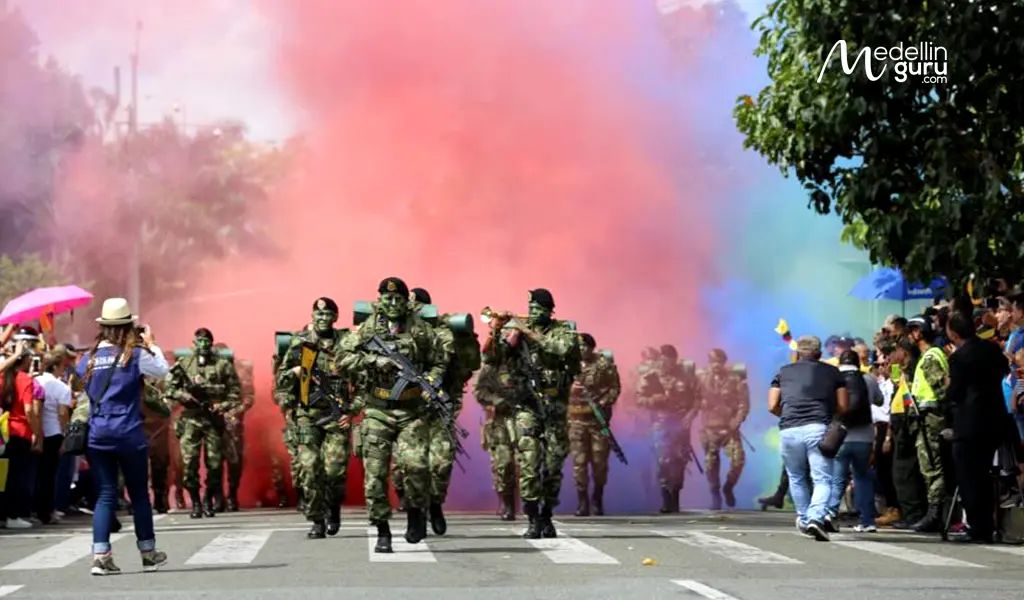
Folkloric Dances and Music
Traditional cumbia, vallenato, and salsa dances are performed in public squares and cultural centers. Music is an integral part of the celebrations, with live performances of regional and national folk songs.
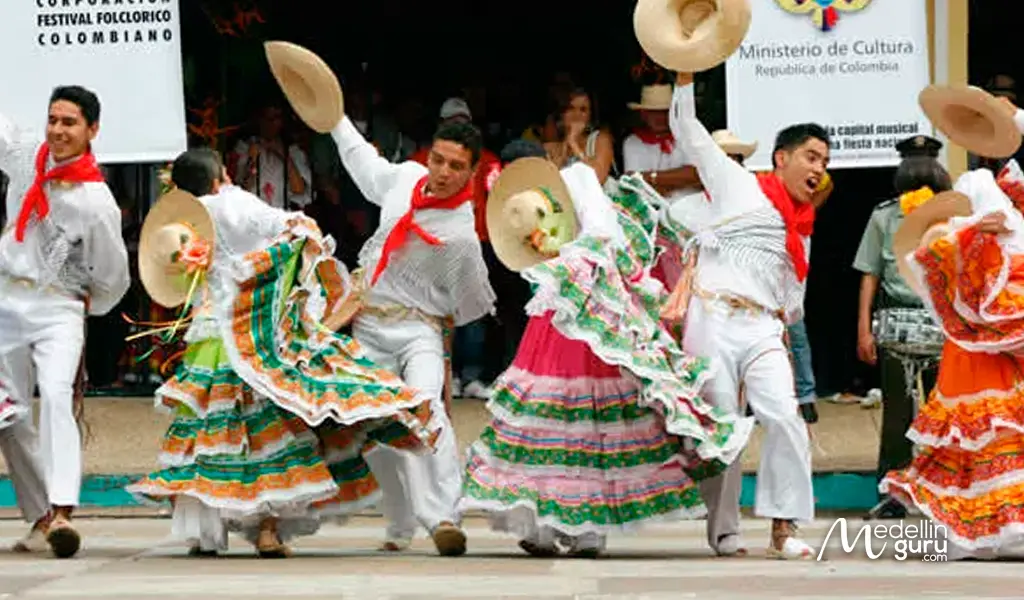
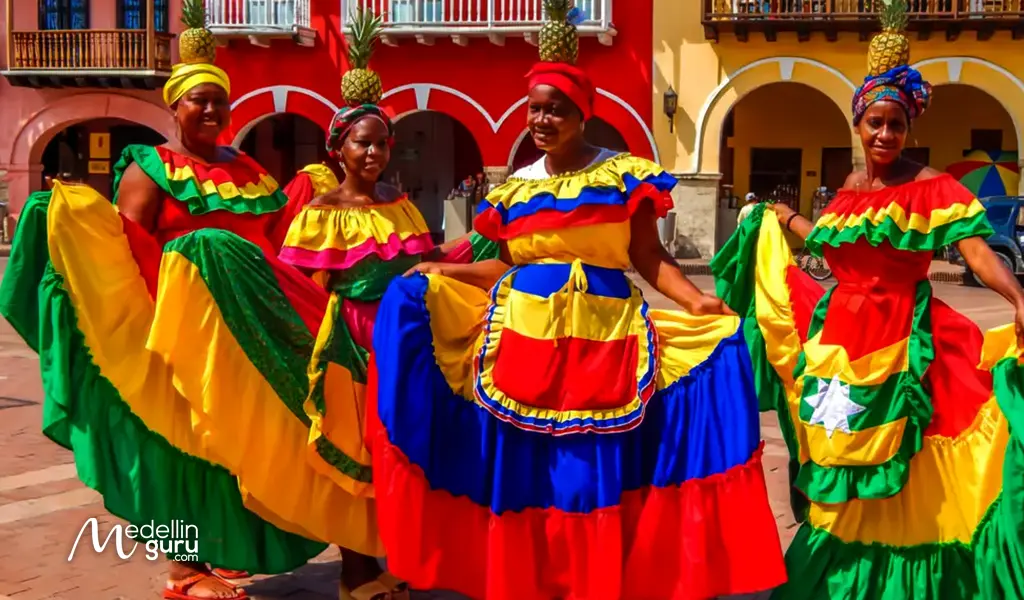
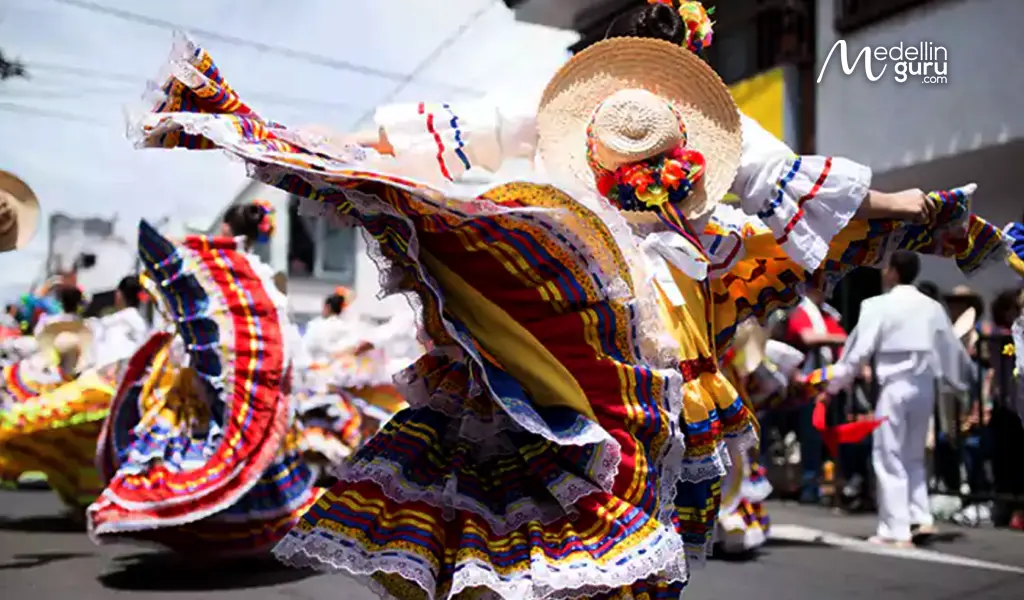
Fireworks Displays
Fireworks are a common feature of the celebrations, lighting up the night sky in many parts of the country. These displays symbolize the joy and triumph associated with independence.
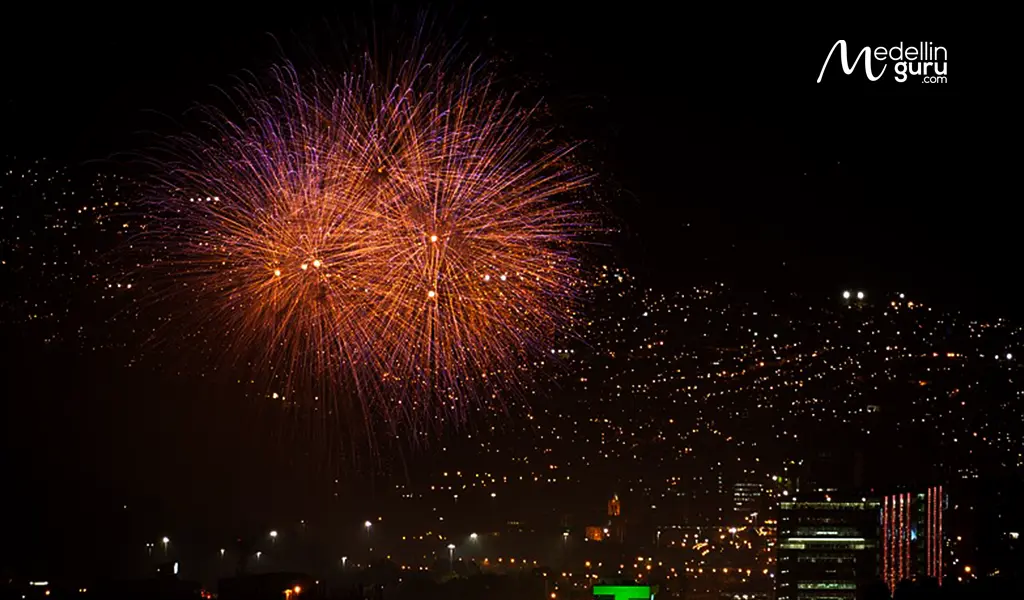
Joining the celebrations of Colombia Independence Day as an Expat
If you are in Colombia and you want to join the celebrations, this can be an opportunity to immerse yourself in the local culture and share in the national pride. Here are some ways to participate and enjoy the festivities:
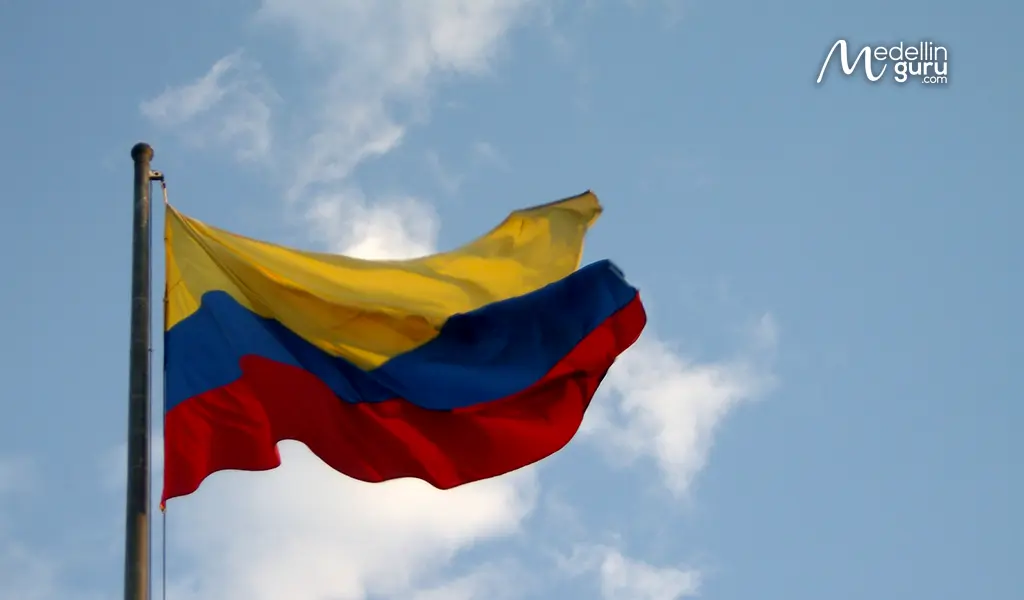
-
Learn About Colombian History and Culture
Familiarize yourself with the history of Colombia’s independence and the cultural significance of the day. Understanding the background will enrich your experience and help you appreciate the celebrations more deeply.
-
Dress in Traditional Attire or National Colors
Wearing the national colors (yellow, blue, and red) or traditional Colombian attire can help you feel more involved and show respect for the local customs.
-
Hang a Colombian flag in the window of your house
It is a celebratory practice that everyone does on July 20. If you want to show your support, you can do that too.
-
Practice Basic Spanish Phrases
While many Colombians speak English, knowing a few basic Spanish phrases can enhance your interactions and show your effort to engage with the local culture.
-
Attend Public Parades and Festivities
Check local listings for parades, street festivals, and public celebrations in your city or town. These events are often free and provide an excellent opportunity to witness traditional dances, music, and performances.
-
Volunteer
Offer your time to help organize or assist with local events. Volunteering can provide a deeper connection with the community and a behind-the-scenes look at the celebrations.
-
Show Respect During Ceremonial Events
During formal ceremonies, such as flag-raising and speeches, show respect by standing quietly and observing local customs.
-
Engage Respectfully with Local Participants
Engage in conversations with locals, ask questions, and show genuine interest in their traditions. This can lead to meaningful interactions and a richer experience.
-
Join Expat Groups or Online Communities
Connect with other expats through social media groups or local expat organizations. These groups often organize events or provide information on how to best participate in local celebrations.
If you’re in Medellín or other Colomian cities by yourself and want to meet up with other solo travelers on Colombian Independence Day, there are a number of platforms and groups to organize an event and make new friends. Generally, expats in the city are very welcoming and often embrace the opportunity to reminisce about their homeland, so spending the day with compatriots can be an awesome experience.
Post in these groups and suggest some Colombian Independence activities to the community. You can also join the Medellin Guru Facebook Group to connect with other expats and stay informed about upcoming celebrations by clicking the link on the right side.
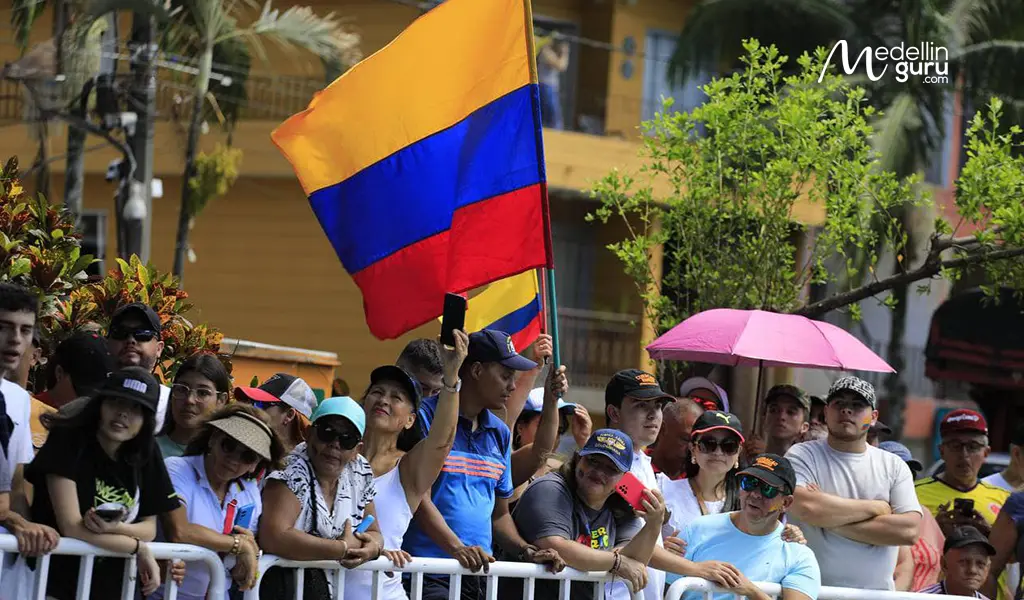
Medellin Guru's comprehensive Colombian culture series
In Medellin Guru, we love Colombia, and we usually write many blogs about Colombian culture, places to visit, and other tips for all expats to have a reliable guide and valuable and relevant information about Colombia. Read our blogs about Colombian Culture here:
- Top Tourist Attractions in Colombia: Top Things to Do
- Top Things to Do in Medellín and Nearby: Top Tourist Attractions
- How to be an Expat in Colombia: 12 Tips to be a Successful Expat
- Top Things to Do in Cali and Nearby: Top Tourist Attractions
- Celebrating July 20th: Colombia Independence Day
- Norte de Santander: 5 Escapes for a Weekend Adventure
- Unlock Ipiales in 24 Hours: Your Essential Adventure Blueprint!
- Pasto: Discover the wonders of the Surprise City
- Top Popular Colombian Drinks to Try When You Visit Colombia
- Villa de Leyva: A Colonial Gem in the Colombian Andes
- Traditional Colombian Food Dishes You Must Try in Colombia
- Medellin Guru Launch 2023: Gentrification, Tourism and Investment
- Popular Colombian Desserts You Must Try While in Colombia
- Exotic Tropical Fruits of Colombia a Fruit Lovers Paradise
- Popular Colombian Soups to Try When You Visit Colombia
- Día de las Velitas: Day of Candles Tradition in Colombia on December 7
- Things in Colombia That May Be Strange for Foreigners
- Things Colombians Do That Foreigners May Find Weird
- Popayán: A Well-Preserved Colonial Gem in Colombia Worth Visiting
- Tejo: A Colombian Game That Rewards You for Explosions
Other things to see and do in Colombia
- Caño Cristales – the most beautiful river in Colombia, which has also been called the most beautiful river in the world by some people.
- Carnival in Barranquilla – the second largest carnival in the world.
- Cartagena – Oozing history, romance and sun-drenched beaches, the allure of historical Cartagena is hard to resist.
- Ciudad Perdida – the site of an ancient city in Colombia that is older than Machu Picchu in Peru.
- Colombia’s Pacific coast – often overlooked by tourists visiting Colombia but offering untamed nature and undiscovered beauty that is off the beaten path for most foreign tourists.
- Desierto de la Tatacoa – the second largest arid zone in Colombia is Tatacoa Desert, which has surreal desert landscapes and some of the best stargazing in Colombia.
- Guatapé – a picturesque pueblo near Medellín known for its huge rock and lake. And it’s likely the most visited pueblo in Colombia by foreigners.
- La Guajira Peninsula – one of the most visually stunning places in South America, which is located on the northern tip of Colombia where the desert meets the sea.
- Las Lajas Sanctuary – the most beautiful church in Colombia, which has also been called the most beautiful church in the world.
- Medellín’s Christmas lights – Medellín’s annual world-class Christmas lights known as Alumbrados Navideños.
- Feria de Las Flores Medellin – Medellín’s world-famous flower festival each year.
- Parque Nacional Natural Los Nevados – a popular national park in Colombia located in the heart of the Colombian coffee region.
- Parque Tayrona – known for its beautiful beaches and the world’s highest coastal mountain range.
- Popayán – a colonial gem in Colombia best known for its white buildings and churches, it’s a city off the beaten path for foreign tourists but is definitely worth visiting.
- Rio Claro Nature Reserve – located about three hours from Medellín, Rio Claro is the perfect place to unplug from hectic daily life and enjoy a picturesque crystal-clear river, canyon and tropical rainforest.
- Salento and the Cocora Valley – Salento is a picturesque pueblo in Colombia’s coffee region and the nearby Cocora Valley is one of the most striking landscapes found in Colombia.
- San Agustín Archaeological Park – the largest group of pre-Columbian monuments and megalithic statues in South America and is a UNESCO World Heritage Site.
- San Andrés – Colombia’s Caribbean island which is a UNESCO World Biosphere Reserve featuring many beaches, islets and coral reefs that are filled with flora and fauna.
- San Gil – Colombia’s adventure capital that is full of things to do including white water rafting, paragliding, caving, rappelling, hiking and much more.
- San Jose del Guaviare – a hidden gem and eco-tourism location off the beaten path and offering wildlife watching, jungle trekking and delving into Colombia’s prehistoric past.
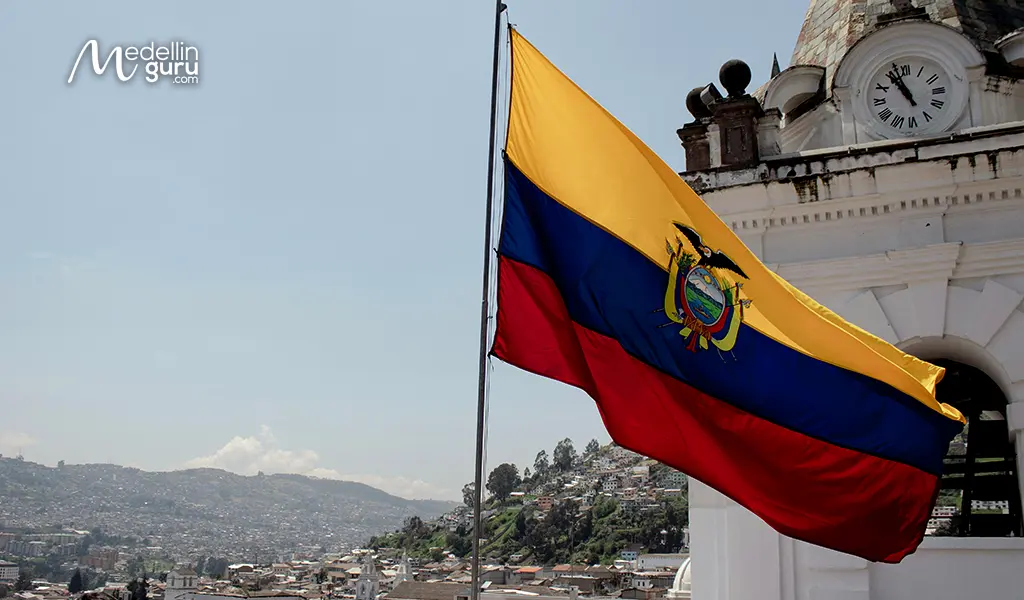
Celebrate while you take care of yourself, with a reliable travel health insurance that will accompany you on your journey through Colombia and around the world.
Medellin Guru Insurance Service
The insurance agency we partnered with meets the requirements for Colombian Visa Applications
The Botton Line: Celebrating July 20th: Colombia Independence Day
Celebrating Colombia’s Independence Day is a vibrant and enriching experience that allows you to delve into the heart of Colombian culture and history. The festivities are a testament to the nation’s pride and unity, from the colorful parades and traditional dances to the delicious foods and spectacular fireworks.
As an expat, joining these celebrations offers a unique opportunity to connect with the local community, learn about Colombia’s rich heritage, and embrace the spirit of independence. Participating in public events, wearing national colors, and engaging respectfully with locals can fully immerse yourself in the joyous atmosphere and create lasting memories.
Whether you’re savoring traditional dishes, volunteering, or simply enjoying the cultural exhibitions, Colombia’s Independence Day is a celebration not to be missed. So, embrace the festivities, celebrate with “Gusto”, and let the vibrant spirit of Colombia inspire you.
Medellin Guru Social media
Be part of our community. Find out about news, participate in events and enjoy the best of the city.


